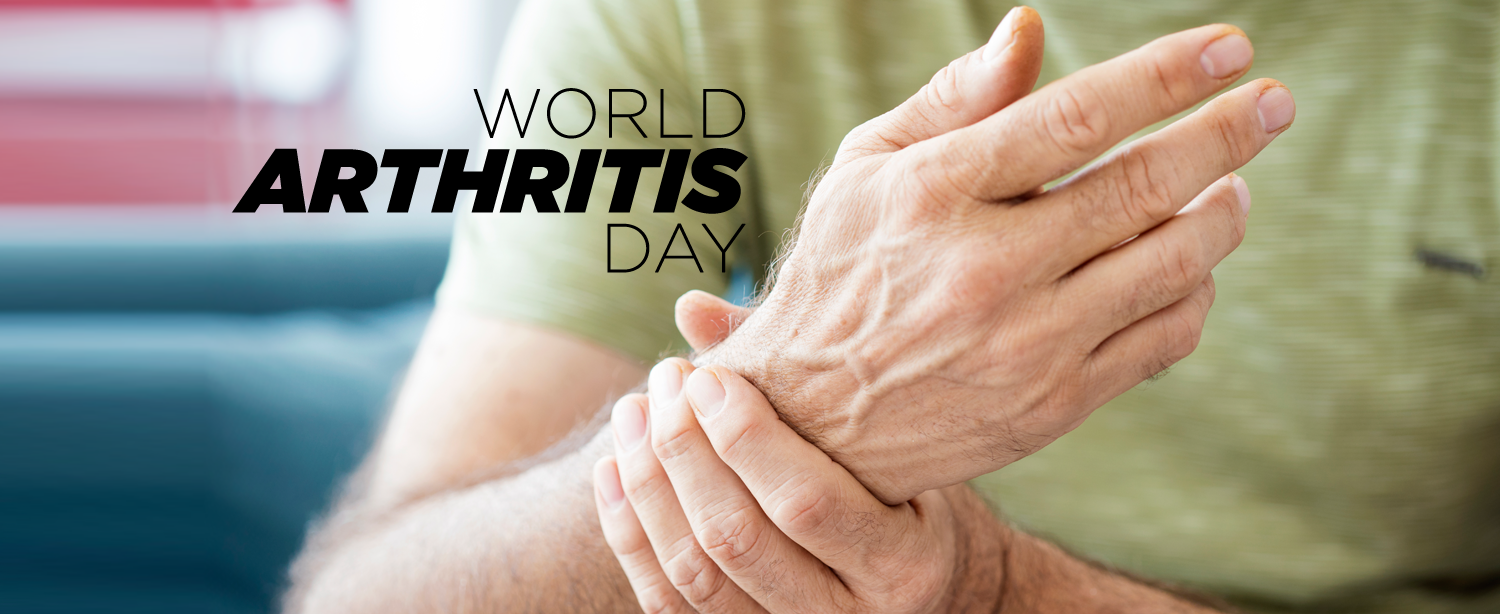Arthritis is an inflammation of the joints. It can affect one joint or multiple joints. There are more than 100 different types of arthritis, with different causes and treatment methods. Two of the most common types are osteoarthritis (OA) and rheumatoid arthritis (RA). It’s important to be accurately diagnosed and know what type of arthritis you have to get the appropriate treatment.
Arthritis affects more than 180 million people in India – higher than many well-known diseases such as diabetes, AIDS and cancer. Arthritis is one of the most common causes of joint pain. Keep an eye for the early signs of arthritis as arthritis worsens over a period of time.
Symptoms of Arthritis:
- Joint Pain – The most common symptom of arthritis is joint pain, and this is the reason most people seek medical care for their arthritis. The type of pain can vary depending on the type of arthritis and the severity of the condition. Most people who have arthritis describe an aching pain in the joint that is worsened by activity and relieved by rest.
- Joint Swelling – Swelling of a joint can occur with many conditions, but the most common cause of joint swelling is arthritis. The second most common cause of swelling is an injury to the joint. So if no injury has occurred, it is likely that the swelling is due to arthritis.
- Stiffness of Joints – People who have arthritis almost always feel stiffness in their joints. You can check your joint motion by comparing it to the joint on the opposite side. Stiffness is usually worse in the morning or after long periods of sitting in one position. As the joint moves with activity, it usually loosens a bit.
- Deformity of Joints – As joint cartilage is worn away by arthritis, the extremity may take on a deformed appearance. This is often seen in the hands as crooked fingers. In the knee joint, people with arthritis may develop a knock-kneed or bow-legged appearance.
- Grinding Sensations – As joint cartilage is worn away, the smooth lining covering the rough bone is lost. When the bone is exposed, the joint may not move smoothly. You may feel or even hear a grinding sensation.
- Lumps and Bumps Around Joints – Arthritis can cause the formation of pockets of fluid (mucous cysts) or bone spurs. These are felt as knobby protuberances around the joint. They may or may not be sensitive to the touch, but they do give a lumpy appearance to the joint.
- Joint Tenderness – Joints that are arthritic are tender to the touch. Pressing around the joint and having an elicit pain is a reasonable indication that the joint is inflamed, and that it may have underlying arthritis.
- Warm/Red Joints – Joint inflammation can lead to symptoms of joint redness and warmth.
Some facts about Arthritis:
- Arthritis can affect children too. Arthritis is often thought of as an age disease that commonly affects the elderly. However, people of all ages may be affected, even children.
- Rheumatoid arthritis isn’t a type of arthritis related to old age, it usually develops in people between the ages of 40 and 60.
- Arthritis is three to four times more common amongst women as compared to men, especially older women.
- Patients suffering from arthritis symptoms, such pain and stiffness, often do not get adequate exercise due to increased levels of pain. This may lead to other lifestyle diseases like diabetes, heart disease and obesity.
Arthritis and food:
Following a healthy diet and adding in specific foods and spices could help fight inflammation and joint pain of Arthritis. Here are some suggested foods:
- Broccoli, Brussels sprouts and cabbage. These veggies are part of the cruciferous family, and they are full of a compound called sulforaphane, which helps slow cartilage damage in joints due to osteoarthritis.
- Fatty fish. Fatty fish like salmon, tuna, trout and mackerel are rich in omega-3 fatty acids, which help fight inflammation.
- Garlic. Garlic is a member of the allium family—which also includes onions and leeks. These items contain a compound called diallyl disulfide that may help with a number of diseases—including arthritis. This compound helpps limit cartilage-damaging enzymes.
- Turmeric. Turmeric contains a compound called curcumin, that is beneficial to manage chronic inflammatory-related joint disease.
- Vitamin C. Antioxidants in vitamin C may slow the progression of osteoarthritis. You can get vitamin C from strawberries, kiwi, pineapple, or cantaloupe.
Living with Arthritis
Arthritis is a leading cause of pain and disability worldwide. Here are some do’s and don’ts about how to handle arthritis pain.
1. Everyday routine
- Keep your joints moving. Do daily, gentle stretches that move your joints through their full range of motion.
- Use good posture. A physical therapist can show you how to sit, stand and move correctly.
- Know your limits. Balance activity and rest, and don’t overdo. In addition, lifestyle changes are important for easing pain.
- Manage weight. Being overweight can increase complications of arthritis and contribute to arthritis pain. Making incremental, permanent lifestyle changes resulting in gradual weight loss is often the most effective method of weight management.
- Quit smoking. Smoking causes stress on connective tissues, which can increase arthritis pain.
2. Exercise
When you have arthritis, movement can decrease your pain and stiffness, improve your range of motion, strengthen your muscles, and increase your endurance.
What to do
Choose the right kinds of activities — those that build the muscles around your joints but don’t damage the joints themselves. Seek professional help if needed.
What to avoid
Avoid activities that involve high impact and repetitive motion, such as:
- Running
- Jumping
- Tennis
- High-impact aerobics
- Repeating the same movement, such as a tennis serve, again and again.
Do you know anyone suffering from Arthritis? Consult our team of specialists at the Centre for Bone and Joint. Please find below link for more details:
https://www.kokilabenhospital.com/departments/centresofexcellence/centrefor_bonejoint.html


